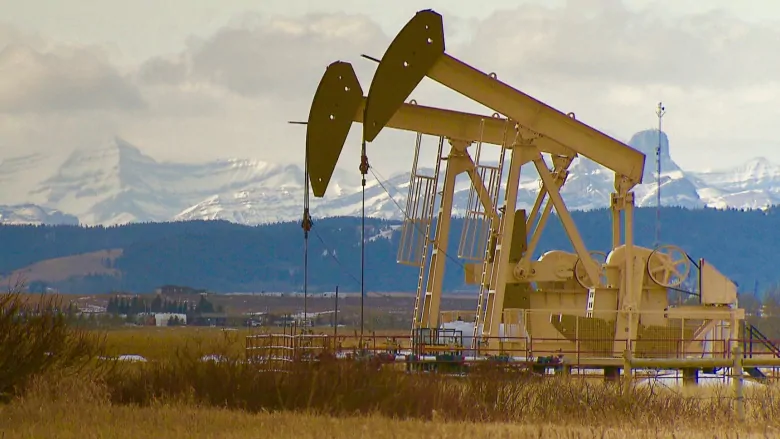According to some estimates, there may be up to five million oil and gas wells in Canada and the United States. In Alberta alone, more than 600,000 wells have been drilled—one for every seven people in the province. The consequences of the extraction, refinement, and use of petroleum is well understood; the effect of extraction on the immediate environment, less so.
The oil drilling process creates pathways for the movement of fluids within the Earth’s subsurface, allowing for the extraction of oil, natural gas, and groundwater—yet, these very same pathways can also facilitate leakage of gases and harmful contaminants. On paper, if wells are properly sealed and maintained, this should not happen, but in practice, it often does—especially when they are abandoned, or ‘orphaned’ by the companies that drilled them in the first place.
Mary Kang, an assistant professor in the Faculty of Engineering, is an expert on the environmental cost of orphaned wells. In 2013, when Kang was conducting research for her PhD, the wells were mainly considered a risk factor for carbon dioxide emissions.
“I thought, ‘Could they be a source of methane emissions?’” Kang said in an interview with The McGill Tribune. “Apparently, at that time, there was nobody who measured them.”
As a greenhouse gas, methane is 30 times more potent than carbon dioxide. Kang’s measurements of abandoned wells in Pennsylvania, the oldest in North America, found that they were in fact emitting significant amounts of the gas, and to an extent far beyond what scientists and oil executives had imagined. Since the publication of Kang’s findings in 2014, methane emissions from abandoned oil and gas wells have finally been included in the Environmental Protection Agency’s (EPA) emissions inventories—crucial tools used by government and business alike to calculate their greenhouse gas emissions. Emissions inventories are generally calculated using emission factors, averages based on measurements taken elsewhere.
“All studies show that if you take, say, 100 oil and gas wells, it’s only two or three that emit a lot,” Kang said. “So you can see how using an emission factor from another study can give you uncertain estimates.”
Kang believes that emissions accounting needs to be more measurement-based, a conviction echoed by the National Academy of Sciences in a 2018 report.
Kang’s work has also shed light on other consequences of orphan wells, finding that they are at risk of polluting groundwater aquifers, the primary source of water for nearly nine million Canadians.
Under the ‘polluter pays’ principle, oil and gas companies are legally bound through Asset Retirement Obligations (ARO) to account for the cost of cleaning up and dismantling wells. However, until a Supreme Court of Canada ruling this January, declaring bankruptcy allowed companies to shirk these responsibilities in lieu of paying back creditors, saddling the government with the cost of clean up. From 2012 to 2017, a downturn in oil and gas saw the number of orphan wells in Alberta catapult from 100 to upward of 3,200. Meanwhile, the number of wells that are effectively out of business and not yet properly sealed or remediated reached the staggering figure of 155,000, which amounts to 30 per cent of all wells in the province. The Alberta Energy Regulator (AER) publicly claimed the total financial liability of clean-up measures for the province’s oil and gas industry to be $58 billion. In 2018, however, journalists unearthed private AER documents warning that the actual sum could be closer to $260 billion, of which only 1.6 billion in liability securities had been collected from the private sector.
While action lags on the issue, the orphan wells will continue to contaminate groundwater and belch methane into the atmosphere. Given the magnitude of the issue at hand, one can only hope that government and industry will be able to pick up the slack, and soon.








